Северная Ирландия.pptx
- Количество слайдов: 18
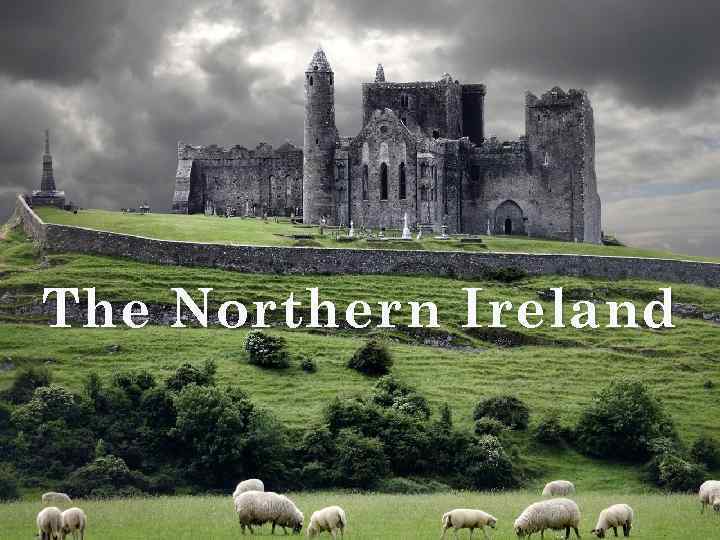 The Northern Ireland
The Northern Ireland
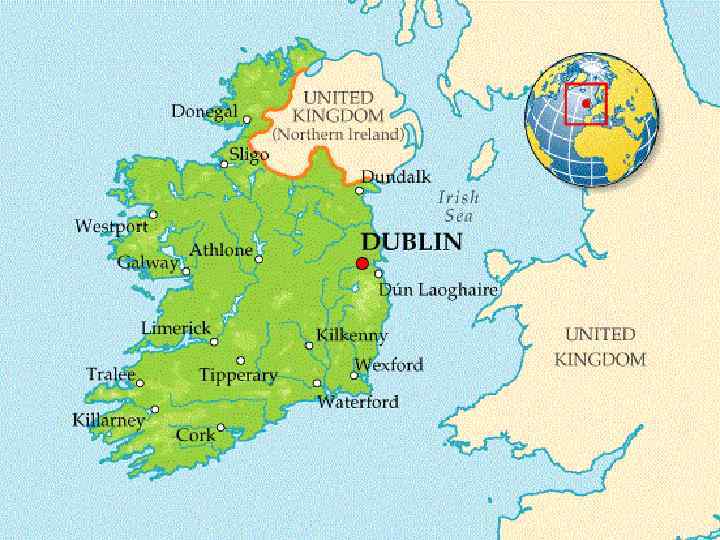
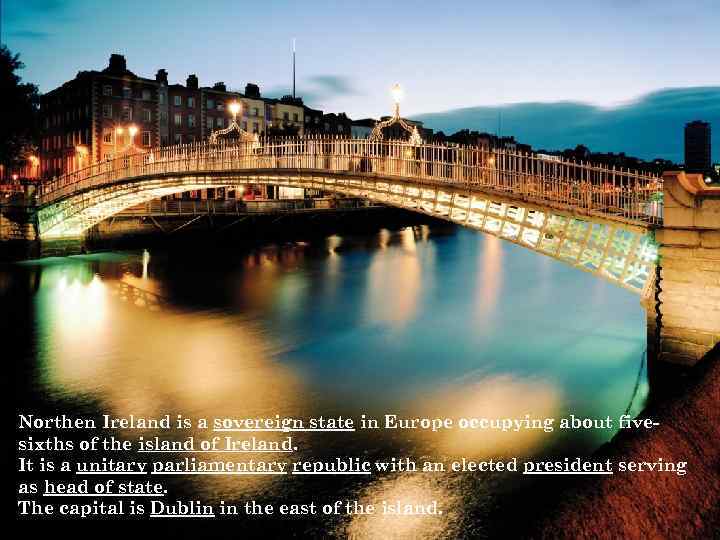 Northen Ireland is a sovereign state in Europe occupying about fivesixths of the island of Ireland. It is a unitary parliamentary republic with an elected president serving as head of state. The capital is Dublin in the east of the island.
Northen Ireland is a sovereign state in Europe occupying about fivesixths of the island of Ireland. It is a unitary parliamentary republic with an elected president serving as head of state. The capital is Dublin in the east of the island.
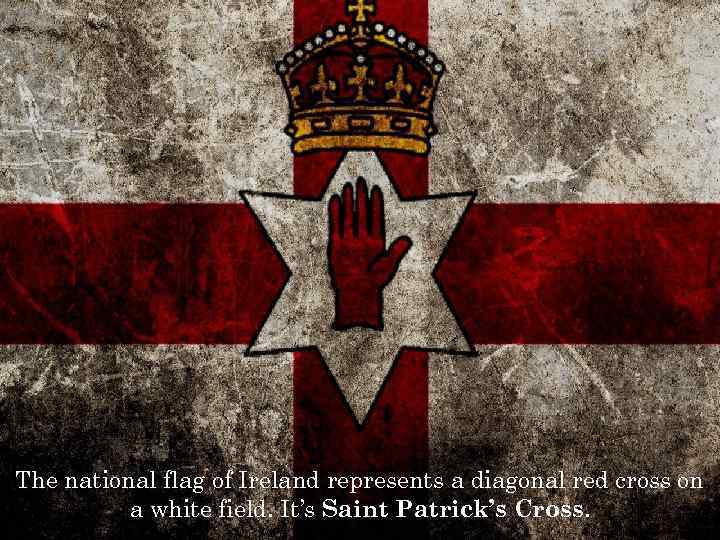 The national flag of Ireland represents a diagonal red cross on a white field. It’s Saint Patrick’s Cross.
The national flag of Ireland represents a diagonal red cross on a white field. It’s Saint Patrick’s Cross.
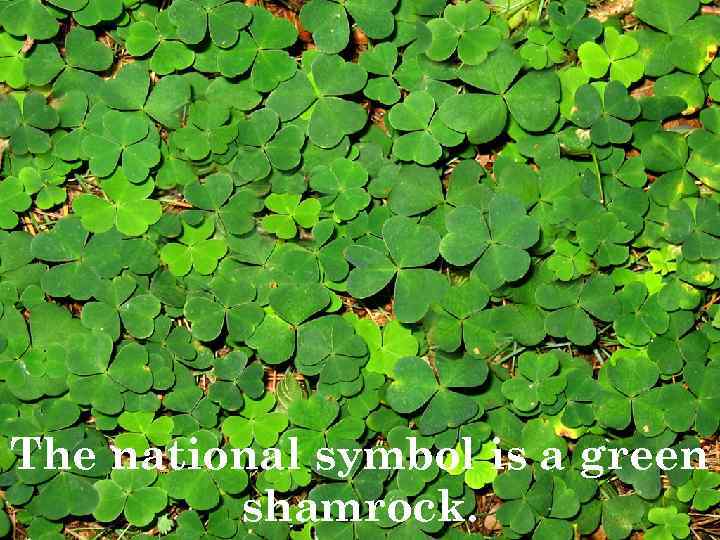 The national symbol is a green shamrock.
The national symbol is a green shamrock.
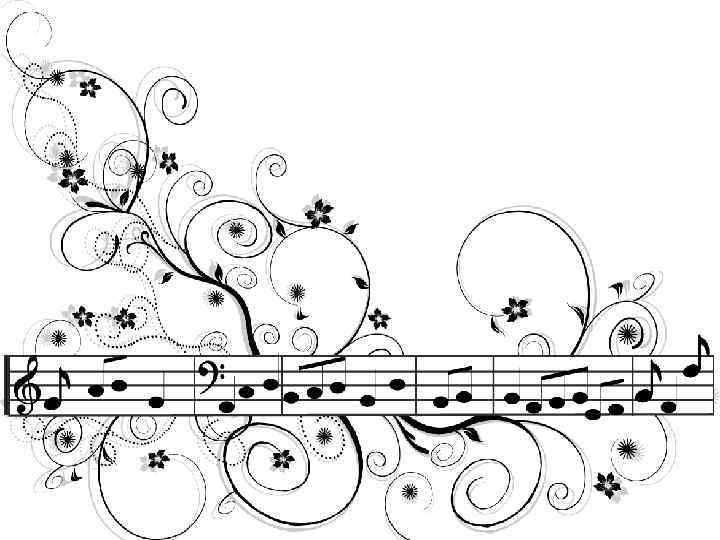
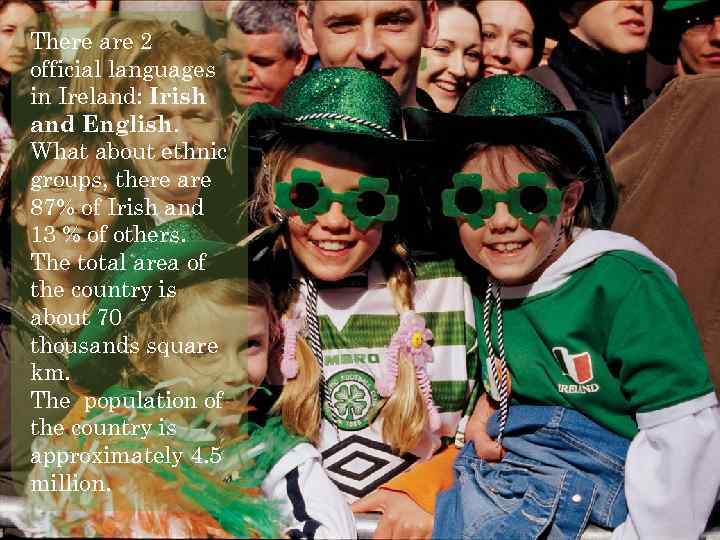 There are 2 official languages in Ireland: Irish and English. What about ethnic groups, there are 87% of Irish and 13 % of others. The total area of the country is about 70 thousands square km. The population of the country is approximately 4. 5 million.
There are 2 official languages in Ireland: Irish and English. What about ethnic groups, there are 87% of Irish and 13 % of others. The total area of the country is about 70 thousands square km. The population of the country is approximately 4. 5 million.
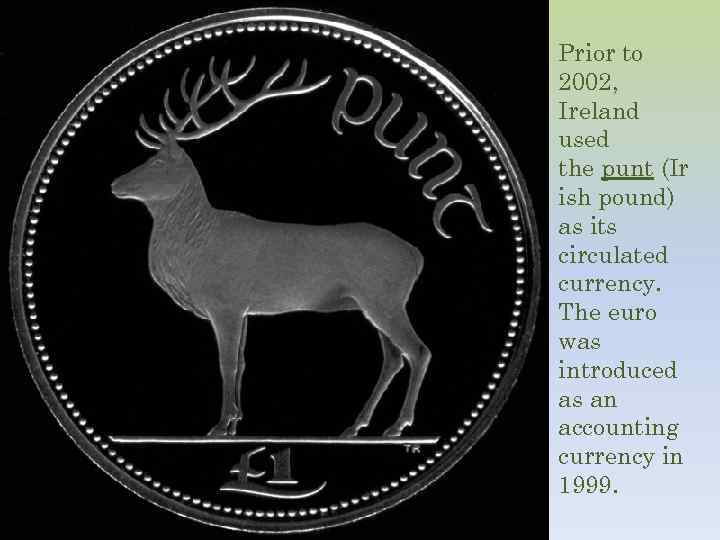 Prior to 2002, Ireland used the punt (Ir ish pound) as its circulated currency. The euro was introduced as an accounting currency in 1999.
Prior to 2002, Ireland used the punt (Ir ish pound) as its circulated currency. The euro was introduced as an accounting currency in 1999.
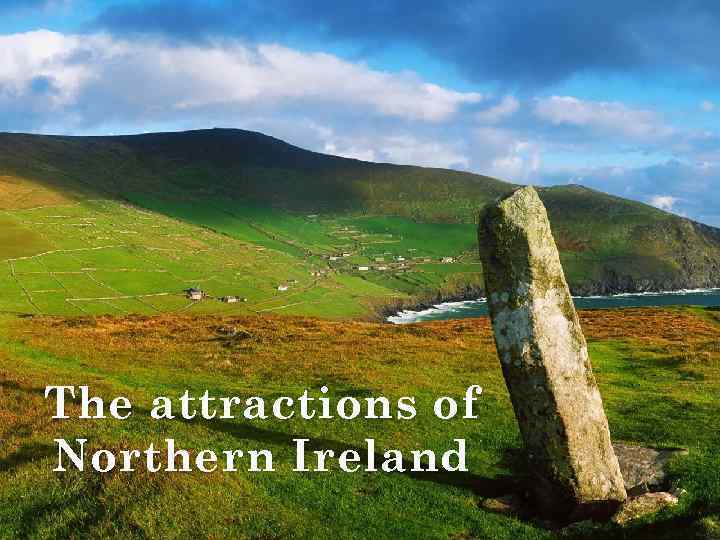 T he attractions of Northern Ireland
T he attractions of Northern Ireland
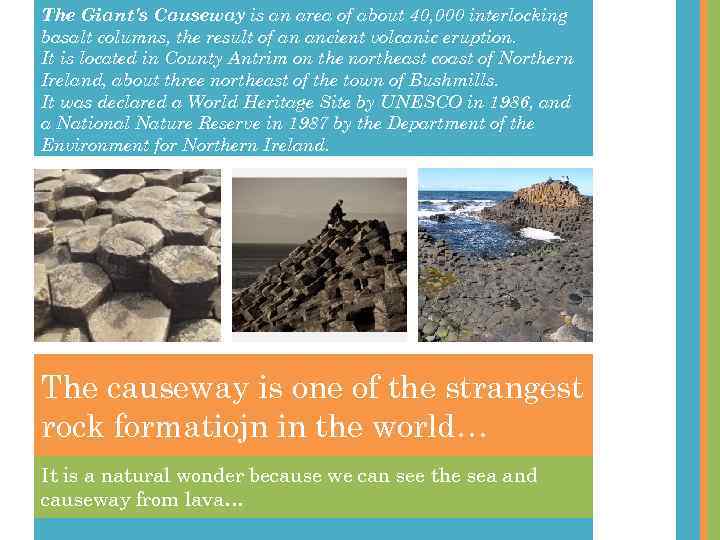 The Giant's Causeway is an area of about 40, 000 interlocking basalt columns, the result of an ancient volcanic eruption. It is located in County Antrim on the northeast coast of Northern Ireland, about three northeast of the town of Bushmills. It was declared a World Heritage Site by UNESCO in 1986, and a National Nature Reserve in 1987 by the Department of the Environment for Northern Ireland. The causeway is one of the strangest rock formatiojn in the world… It is a natural wonder because we can see the sea and causeway from lava…
The Giant's Causeway is an area of about 40, 000 interlocking basalt columns, the result of an ancient volcanic eruption. It is located in County Antrim on the northeast coast of Northern Ireland, about three northeast of the town of Bushmills. It was declared a World Heritage Site by UNESCO in 1986, and a National Nature Reserve in 1987 by the Department of the Environment for Northern Ireland. The causeway is one of the strangest rock formatiojn in the world… It is a natural wonder because we can see the sea and causeway from lava…
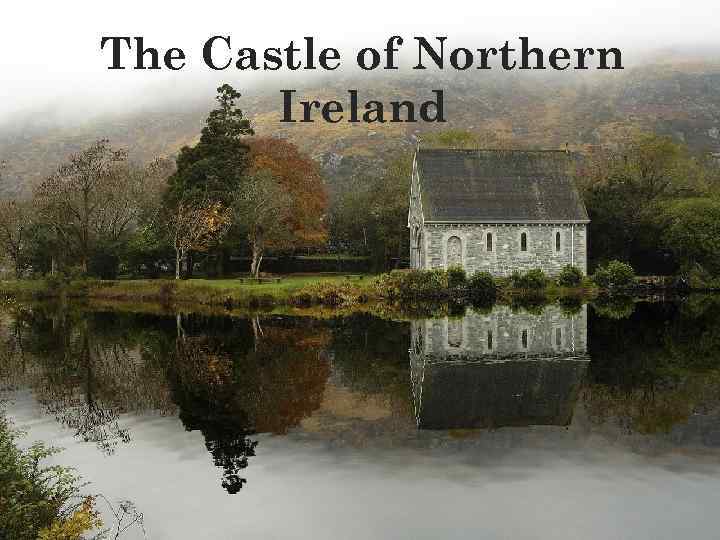 The Castle of Northern Ireland
The Castle of Northern Ireland
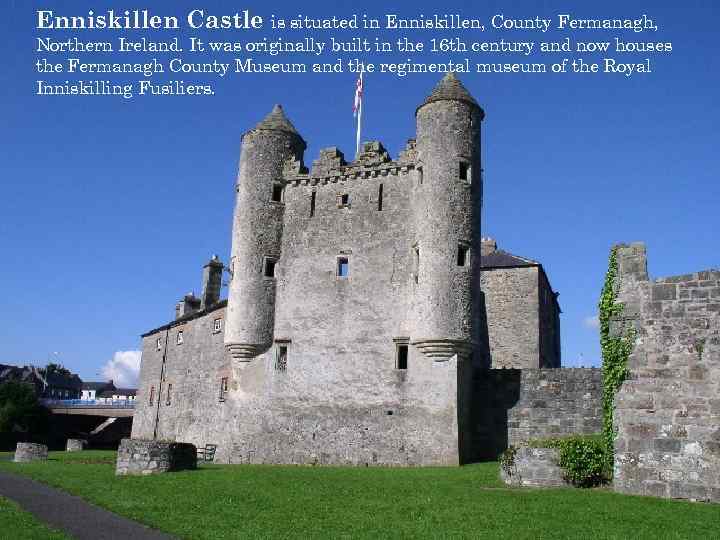 Enniskillen Castle is situated in Enniskillen, County Fermanagh, Northern Ireland. It was originally built in the 16 th century and now houses the Fermanagh County Museum and the regimental museum of the Royal Inniskilling Fusiliers.
Enniskillen Castle is situated in Enniskillen, County Fermanagh, Northern Ireland. It was originally built in the 16 th century and now houses the Fermanagh County Museum and the regimental museum of the Royal Inniskilling Fusiliers.
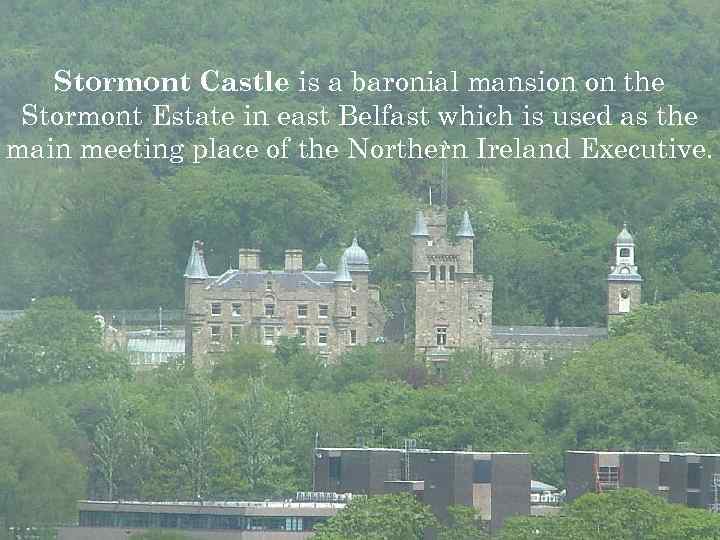 Stormont Castle is a baronial mansion on the Stormont Estate in east Belfast which is used as the main meeting place of the Northern Ireland Executive.
Stormont Castle is a baronial mansion on the Stormont Estate in east Belfast which is used as the main meeting place of the Northern Ireland Executive.
 Monea Castle is a castle in Monea, County Fermanagh, Northern Ireland. It is a State Care Historic Monument sited in the townland of Castletown Monea, in Fermanagh District Council area.
Monea Castle is a castle in Monea, County Fermanagh, Northern Ireland. It is a State Care Historic Monument sited in the townland of Castletown Monea, in Fermanagh District Council area.
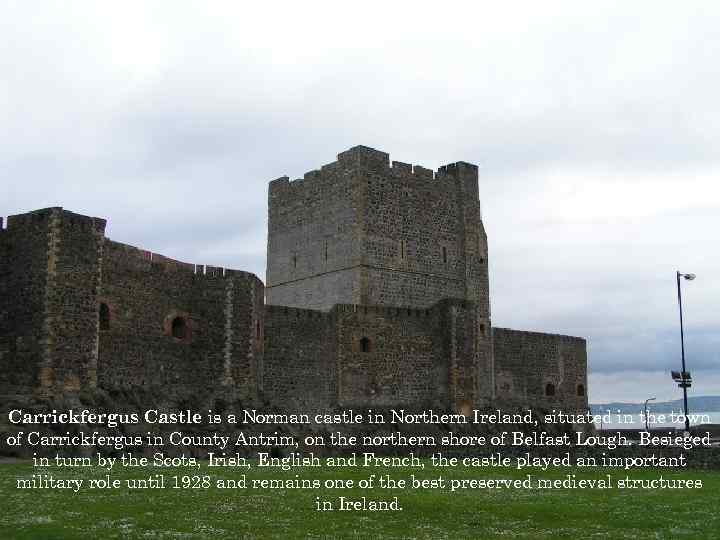 Carrickfergus Castle is a Norman castle in Northern Ireland, situated in the town of Carrickfergus in County Antrim, on the northern shore of Belfast Lough. Besieged in turn by the Scots, Irish, English and French, the castle played an important military role until 1928 and remains one of the best preserved medieval structures in Ireland.
Carrickfergus Castle is a Norman castle in Northern Ireland, situated in the town of Carrickfergus in County Antrim, on the northern shore of Belfast Lough. Besieged in turn by the Scots, Irish, English and French, the castle played an important military role until 1928 and remains one of the best preserved medieval structures in Ireland.
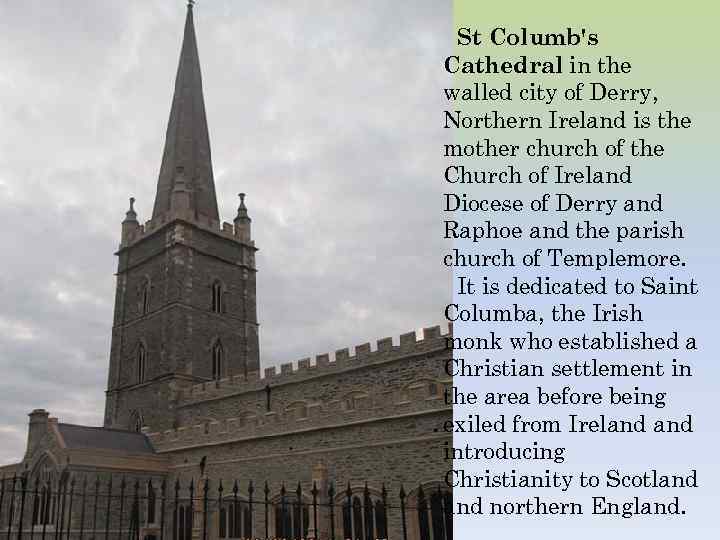 St Columb's Cathedral in the walled city of Derry, Northern Ireland is the mother church of the Church of Ireland Diocese of Derry and Raphoe and the parish church of Templemore. It is dedicated to Saint Columba, the Irish monk who established a Christian settlement in the area before being exiled from Ireland introducing Christianity to Scotland northern England.
St Columb's Cathedral in the walled city of Derry, Northern Ireland is the mother church of the Church of Ireland Diocese of Derry and Raphoe and the parish church of Templemore. It is dedicated to Saint Columba, the Irish monk who established a Christian settlement in the area before being exiled from Ireland introducing Christianity to Scotland northern England.
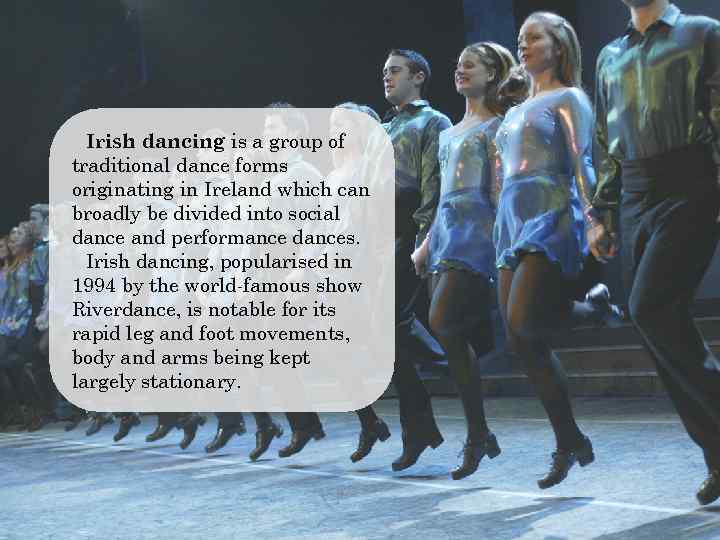 Irish dancing is a group of traditional dance forms originating in Ireland which can broadly be divided into social dance and performance dances. Irish dancing, popularised in 1994 by the world-famous show Riverdance, is notable for its rapid leg and foot movements, body and arms being kept largely stationary.
Irish dancing is a group of traditional dance forms originating in Ireland which can broadly be divided into social dance and performance dances. Irish dancing, popularised in 1994 by the world-famous show Riverdance, is notable for its rapid leg and foot movements, body and arms being kept largely stationary.
 THANKS FOR ATTENTION!
THANKS FOR ATTENTION!
